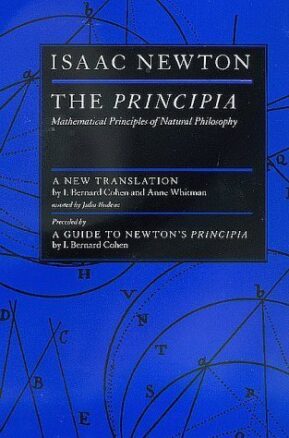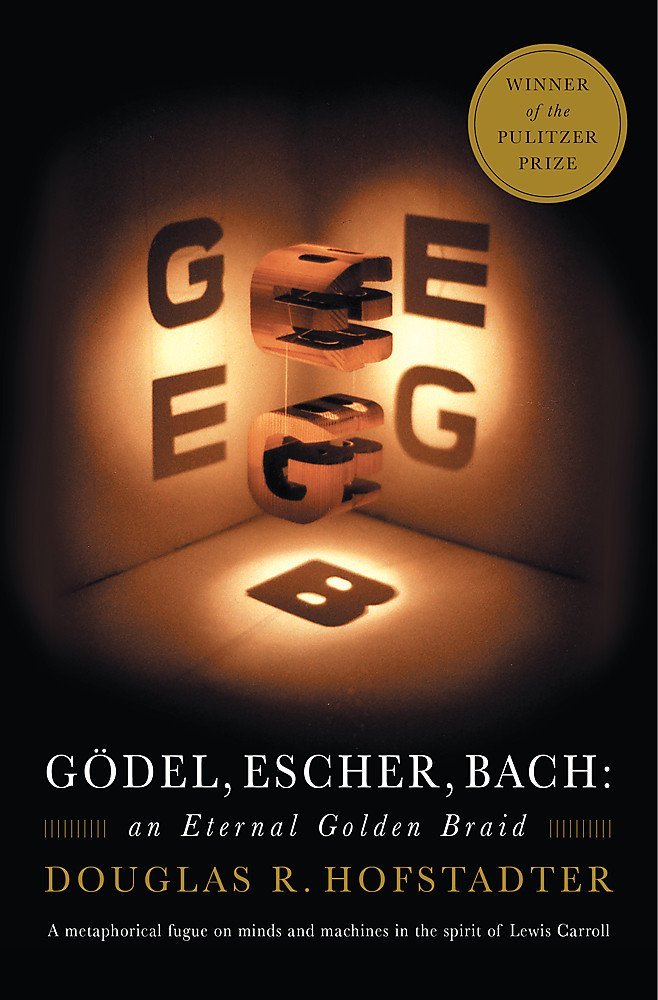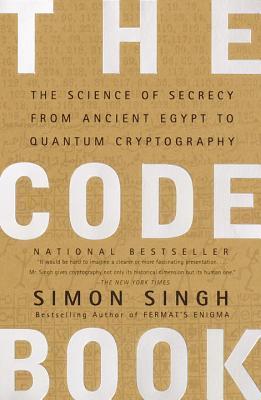
Gödel, Escher, Bach: An Eternal Golden Braid Summary of Douglas R. Hofstadter's Book

Gödel, Escher, Bach: An Eternal Golden Braid by Douglas R. Hofstadter
In the world of literature, there are some books that stand out as true masterpieces, enlightening readers with their depth and complexity. One such book is Gödel, Escher, Bach: An Eternal Golden Braid by Douglas R. Hofstadter. Published on April 1, 1979, this book delves into the interconnected worlds of science, nonfiction, and philosophy. Its exploration of fascinating ideas at the heart of cognitive science has captivated readers for decades.
Characters
While Gödel, Escher, Bach doesn't have traditional characters in the way a novel does, the book is centered around the works of mathematician Kurt Gödel, artist M.C. Escher, and composer Johann Sebastian Bach. These three figures are used as a lens through which to explore the interconnectedness of mathematics, art, and music.
Detailed Summary
Douglas Hofstadter's book is concerned with the nature of “maps” or links between formal systems. He posits that the formal system that underlies all mental activity transcends the system that supports it. Just as life can emerge from the chemical substrate of a cell, and consciousness can arise from firing neurons, Hofstadter argues that computers will eventually attain human intelligence.
The book is divided into chapters that explore various concepts such as meaning, reduction, recursion, and more. Through a series of dialogues, puzzles, and thought experiments, Hofstadter challenges readers to think deeply about the nature of intelligence and creativity.
Analysis
One of the key ideas in Gödel, Escher, Bach is the concept of self-reference. This idea, inspired by Gödel's incompleteness theorems, explores the ways in which systems can loop back on themselves to create complex and unpredictable outcomes. Through examples from mathematics, art, and music, Hofstadter illustrates how self-referential structures can give rise to emergent properties.
Another important concept in the book is the notion of recursion. This idea, borrowed from computer science, explores the ways in which simple rules can give rise to complex behavior. By examining the works of Escher and Bach, Hofstadter shows how patterns of recursion can be found in diverse fields, from visual art to music.
Overall, Gödel, Escher, Bach is a thought-provoking exploration of the deep connections between seemingly disparate fields. By weaving together ideas from mathematics, art, and music, Hofstadter challenges readers to think outside the box and consider the nature of creativity and intelligence.
Final thoughts
If you are fascinated by the intersection of science, art, and philosophy, Gödel, Escher, Bach is a must-read. This book will challenge your assumptions about the nature of intelligence and creativity, and leave you with a deeper appreciation for the interconnectedness of the world around us.
To truly immerse yourself in the mind-bending ideas of Douglas Hofstadter, I recommend purchasing the complete book or listening to the audiobook. Happy reading!
9780465026562 (ISBN10: 0465026567)


Related Books